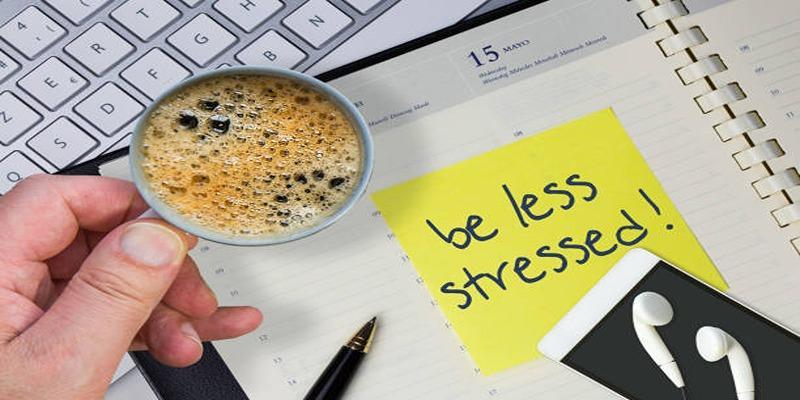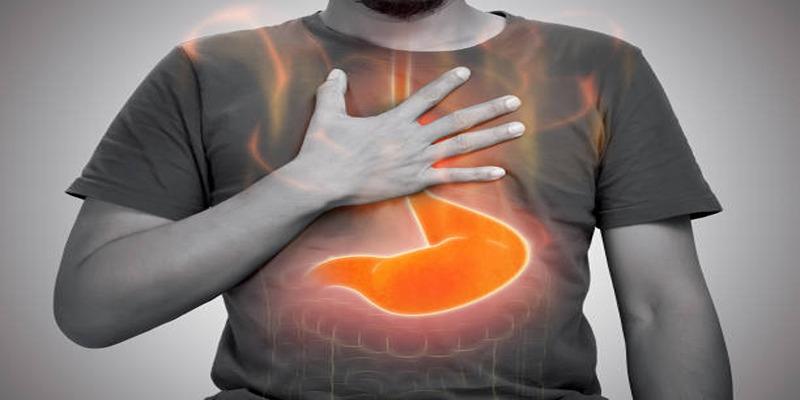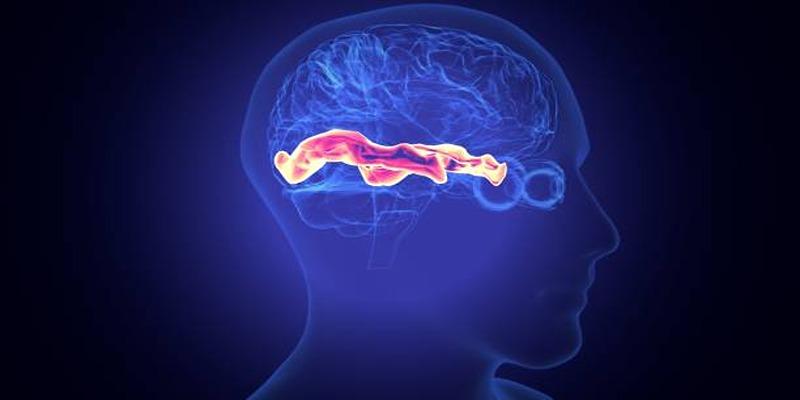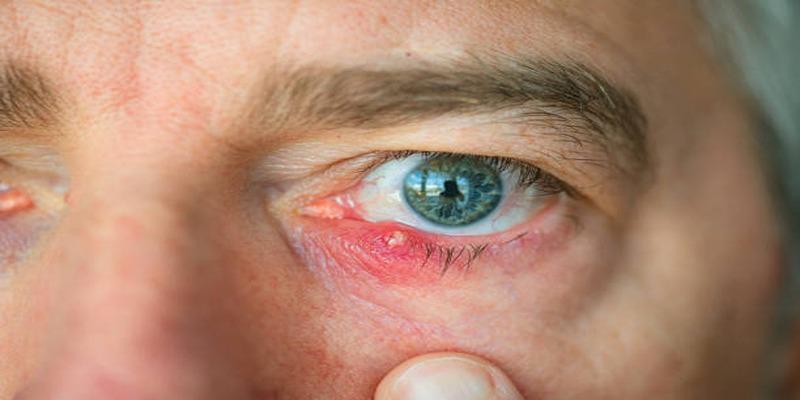Exercising is not only useful to the body but also the brain that ensures that the heart remains healthy. This article investigates the benefits of particular physical and mental exercises to better your heart and blood flow, to lower stress, and increase the well-being that can be assessed as tips on how to integrate the new habits in your everyday routine.
The mind and body exercises refer to activities involving physical workouts in combination with mind and concentration utilizing breathing exercises to stand a well-being. Mind and body exercises unlike the traditional exercise which in most cases focus on physical power, stamina or speed, create a harmony between the mental with the body well-being. Some of the examples are yoga, tai chi and pilates which have distinct advantages.
Yoga incorporates flexibility and alertness by way of poses and meditation, tai chi encourages gradual, purposeful movements to build equilibrium and serenity and pilates trains fundamental muscles using limited, accurate moves. The practices aim at synchronizing the mind-body relationship as opposed to physical conditioning.
These exercises do not only make the overall health better, but also play a key role in the health of the heart by providing an impressive way of drawing closer the mind and body. These practices have some advantages as outlined below to health heart maintenance.
Yoga and tai chi that are body-mind meditation are useful to reduce blood pressure and enhance blood circulation. The relaxation techniques, which include slow motions and restrained breathing patterns, decrease workload by the heart. This increased blood circulation thus in general supplies blood carrying oxygen thus efficiently throughout the body, which helps keep one healthy in the heart system and prevents heart disease.

Stress in long-term can boost the heart rate, and more severely threaten heart complications. Mindfulness practices in doctrines such as yoga and meditation in tai chi are able to relax the nervous system as well as defuse stress hormones. This itself will prohibit strain to the heart by decreasing heart rate and blood pressure forces to form a more stable and relaxed state of the heart.
Although mind body exercises are low impact, they are known to improve the aerobic capacity, by balancing the breathing system and improving oxygen uptake. Exercise programs such as pilates are not only a core builder but their overall cardiovascular performance turns out to be greater with time thereby allowing the optimal circulation of blood with the heart pumping harder without overstraining the body.
It does not necessarily mean that one has to be complicated just to create a healthy cardiovascular routine. This will be a step-by-step guide in getting you started on the journey to having a healthier heart:
One should review a medical specialist before embarking on a new exercise routine, particularly when you suffer from underlying illnesses. They will be able to determine your health condition, prescribe safe work rates, and give specific recommendations. This will make your activities productive and will lower the chances of being injured and you will be meeting your heart health objectives.
Start with such low impact activities as brisk walking, cycling, or swimming. These workouts are easy on the joints and will enable your body to be used to movement. Be at least 20 to 30 minutes per day, starting with the moderate intensity, and increasing the intensity with your stamina. This gradual accumulation can be used to establish permanent habits without overwhelming your system.
Strength training in addition to your routine not only builds muscle, but it is also good to your heart due to enhanced metabolism and circulation. Begin with basic exercises on top of your own body and resistance bands or lightweight exercises. Do exercises on a regular basis (two to three times a week) to achieve balanced effects on larger body parts.
Stability is essential when it comes to the long-term good. Design a well thought process not fantasy but a schedule that is realistic. When motivation fails, look into enrolling in group classes, finding a workout partner or a specific goal which is to be achieved and is not extreme. Do not forget that every little daily activity makes a difference and improves the health of the heart.
Using heart rate monitors or fitness apps to measure and monitor your activity can help you know really well how you’re progressing. It is also essential to put a lot of importance on days of rest and recovery so as to avoid overtraining. Rest gives your body a time to repair, rejuvenate and prepare to take the same the following session that is sustainable in growth and resilience of the heart.
Making a promise to better your heart health has its set of challenges to go with, although knowing bigger, easing these challenges could be solved through effective ways.
Staying in a routine can be challenging in case of hectic schedules or even loss of inspiration. Misses of workouts or bad healthy habit interference derails the progress and can consequently eradicate outcomes. The easiest way to fight this is by establishing small and achievable objectives and plan them out. Legally incorporate activities that you like and account only when you get the support of friends or society. The fast development of habits will guarantee the prolonged care of the heart.
Contemporary lifestyles are mostly characterized by long periods of sitting whether at work desks or in the process of relaxing. This sedentary lifestyle puts one at risk of cardiovascular problems. Avoid it by using brief exercises of body motion during the day such as walking on breaks or sitting on standing desks. The aim of simple changes is also effective with time and it can be changed positively to fight sedentary habits and augment the general heart functioning.

The use of processed foods or poor choices like snacks can ruin the heart health programs. Such foods usually contain lots of sodium, sugar and unhealthy fats, which will lead to cardiovascular issues. Control this by preparing nutrient enriched foods including fruits, vegetables, whole grains and other lean proteins. Eating healthy meals at home and learning to control your portions is a guarantee that you are on the correct path to a heart-healthy feeding.
Mind and body exercises like yoga, tai chi, and pilates strengthen the heart by improving circulation, lowering stress, and enhancing aerobic capacity. Combined with consistent routines, balanced nutrition, and lifestyle adjustments, these practices support both mental clarity and cardiovascular health. Overcoming challenges such as sedentary habits and unhealthy diets ensures long-term heart resilience. With mindful effort, individuals can achieve lasting improvements in heart health, overall wellness, and quality of life.
 TOP
TOP
Curious about when to claim your Social Security benefit? Learn how age, health, income, and other personal factors influence this important decision and shape your retirement future
 TOP
TOP
The joys of spontaneous travel with tips for unplanned adventures, packing light, and connecting with locals for unforgettable experiences.
 TOP
TOP
Discover thrilling day trips near Cape Town, featuring stunning landscapes, cultural experiences, and adventure for every traveler.
 TOP
TOP
Discover the truths and misconceptions about medical research studies in this insightful article.
 TOP
TOP
The benefits of outdoor activities for improving physical and mental well-being.
 TOP
TOP
Discover the truth about cold weather and its link to sickness in this science-based article.
 TOP
TOP
Identify emotional clutter and discover practical ways to declutter your mind for clarity and peace.
 TOP
TOP
Debunking 7 common myths about Alzheimer’s and dementia for clearer understanding.
 TOP
TOP
Untreated GERD can cause esophagus damage, Barrett’s esophagus, dental erosion, and cancer. Learn symptoms, risks, and why early treatment matters for health.
 TOP
TOP
Aphantasia affects mental imagery, memory, and creativity. Explore its causes, cognitive impacts, coping strategies, and real-life adaptations for navigating life without a mind's eye.
 TOP
TOP
Mental health shapes our well-being, productivity, and equality. Learn why it matters for everyone and discover ways to build stronger support systems.
 TOP
TOP
Learn to identify whether your eyelid bump is a stye or a chalazion, understand the causes and symptoms, and explore effective treatment options for better eye health and comfort.